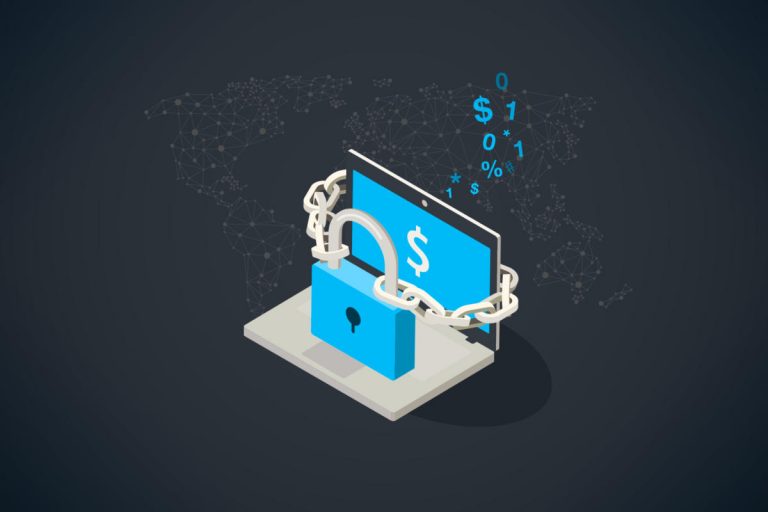Many reports and studies reveal that close to one-third of cyberattacks are related to malware. Malware refers to malicious software, which has been designed to cause harm. This could be related to stealing, deleting, or encryption critical information, hijacking networked assets and IT resources, extorting money, spying to user activities, and in some cases, causing further malware attacks. Knowing how malware works and taking preventive steps can go a long way in protecting your business. In this post, we are explaining malware prevention in detail.
Finding the signs of malware infection
Malware attacks often go unnoticed, primarily because the user is not even aware that a malicious file was downloaded in the first place. There are a few common signs of malware attacks, like slow applications and systems, too many spam emails, ads and popups, unusual system crashes, finding unknown apps on networked devices, being redirected to other websites without any action, and finding unusual files and folders.
Knowing different types of malware
Virus, worm, trojans, ransomware, spyware, adware, and backdoors are some of the common examples of malware. Each malware has a specific intention and purpose. In recent years, businesses have suffered hugely because of ransomware attacks, where the malicious file, once downloaded and opened, has encrypted files and folders. The hacker, in return, will promise a decryption key, which will unlock encrypted files & data, as soon as the asked ransom money is paid.
How to prevent malware attacks?
- Train your employees. Your employees are on the frontline of preventing malware attacks, and they need to be made aware of their roles and responsibilities in ensuring cybersecurity. Help them in identifying how hackers often use social engineering and other means to attack individual users.
- Update your resources. There’s a reason why software companies and developers come up with new updates and security patches. Ensure that all software, firmware, and operating systems are updated to the latest version, so that security vulnerabilities are not used to cause malware attacks.
- Focus on password protection. Backdoor attacks are often the hardest to find, and often, such issues are related to weak and default passwords. Change all default passwords immediately after deployment, and ensure that your employees are using strong & long passwords.
Not to forget, always use firewalls and network segmentation, and schedule scans and penetration testing from time to time, to find malware and other kinds of vulnerabilities.


Comments are closed.